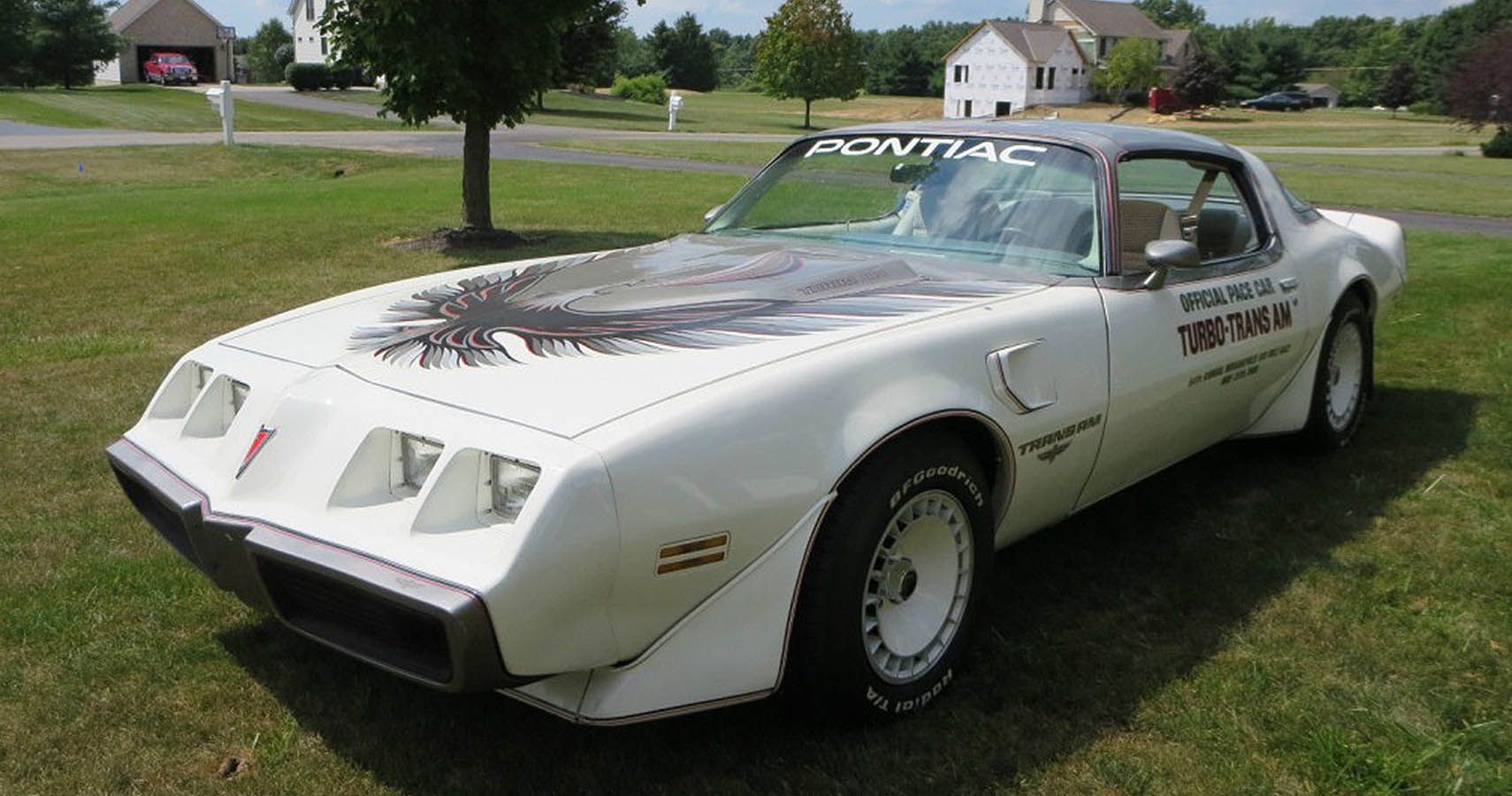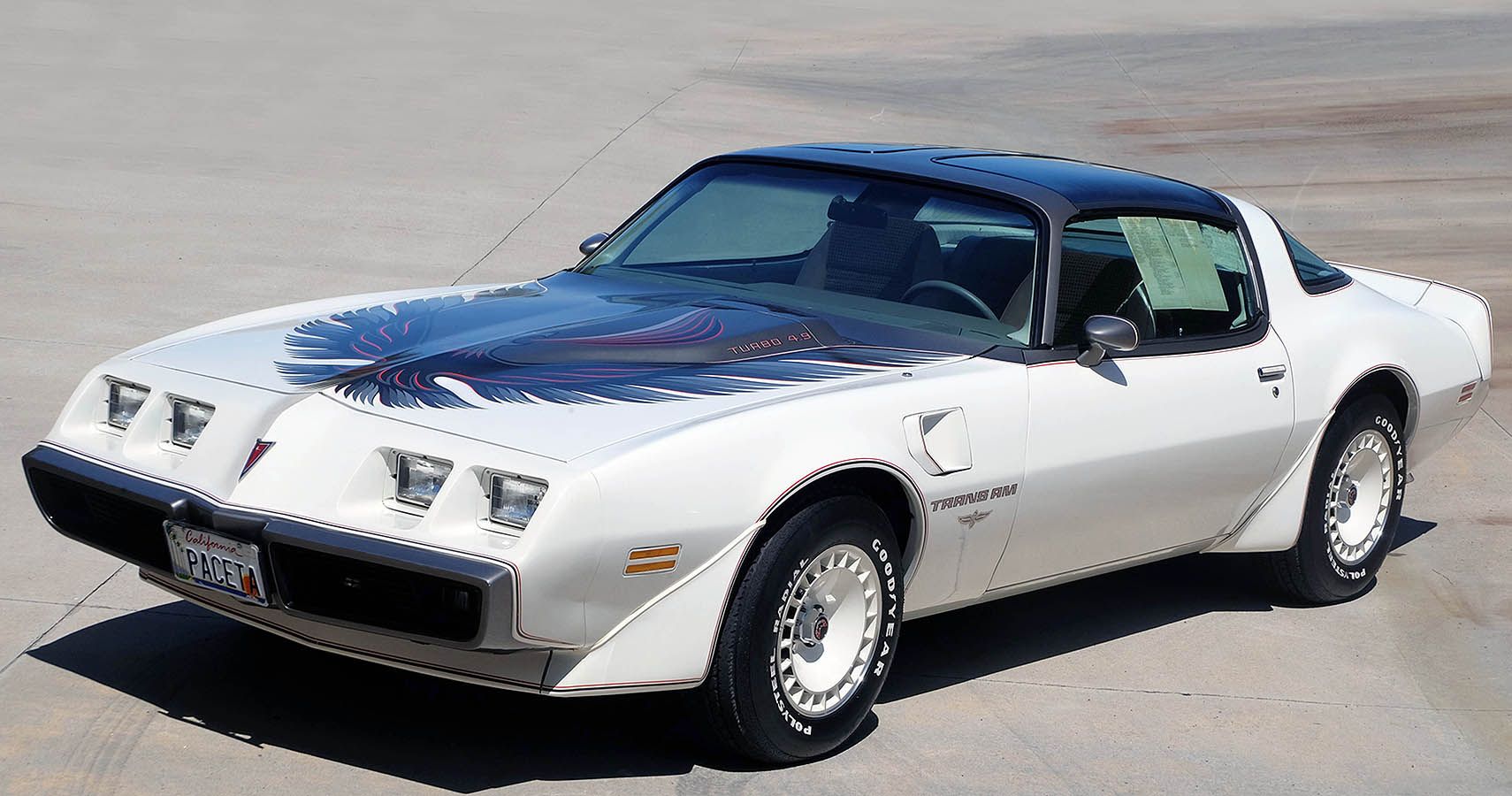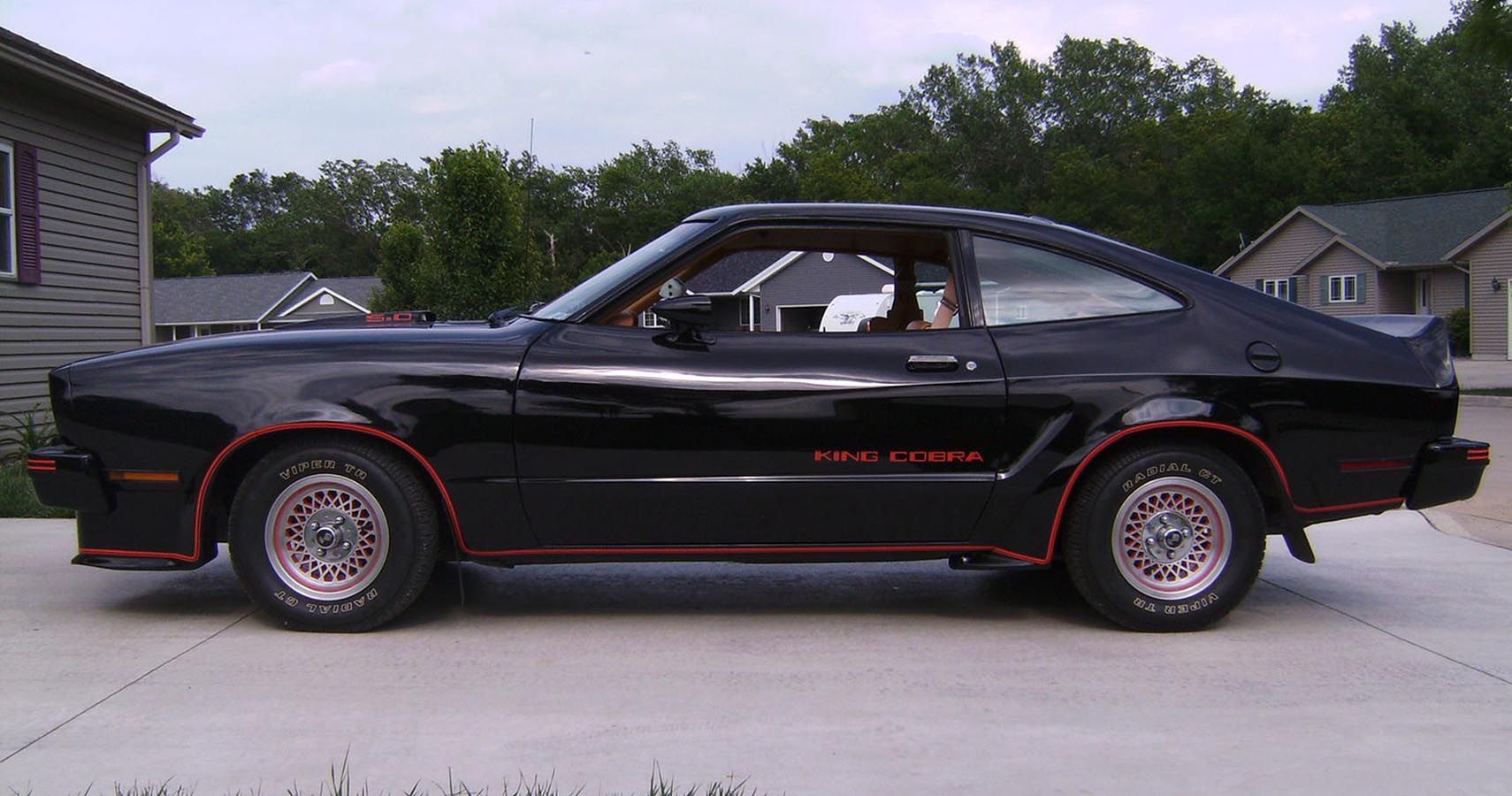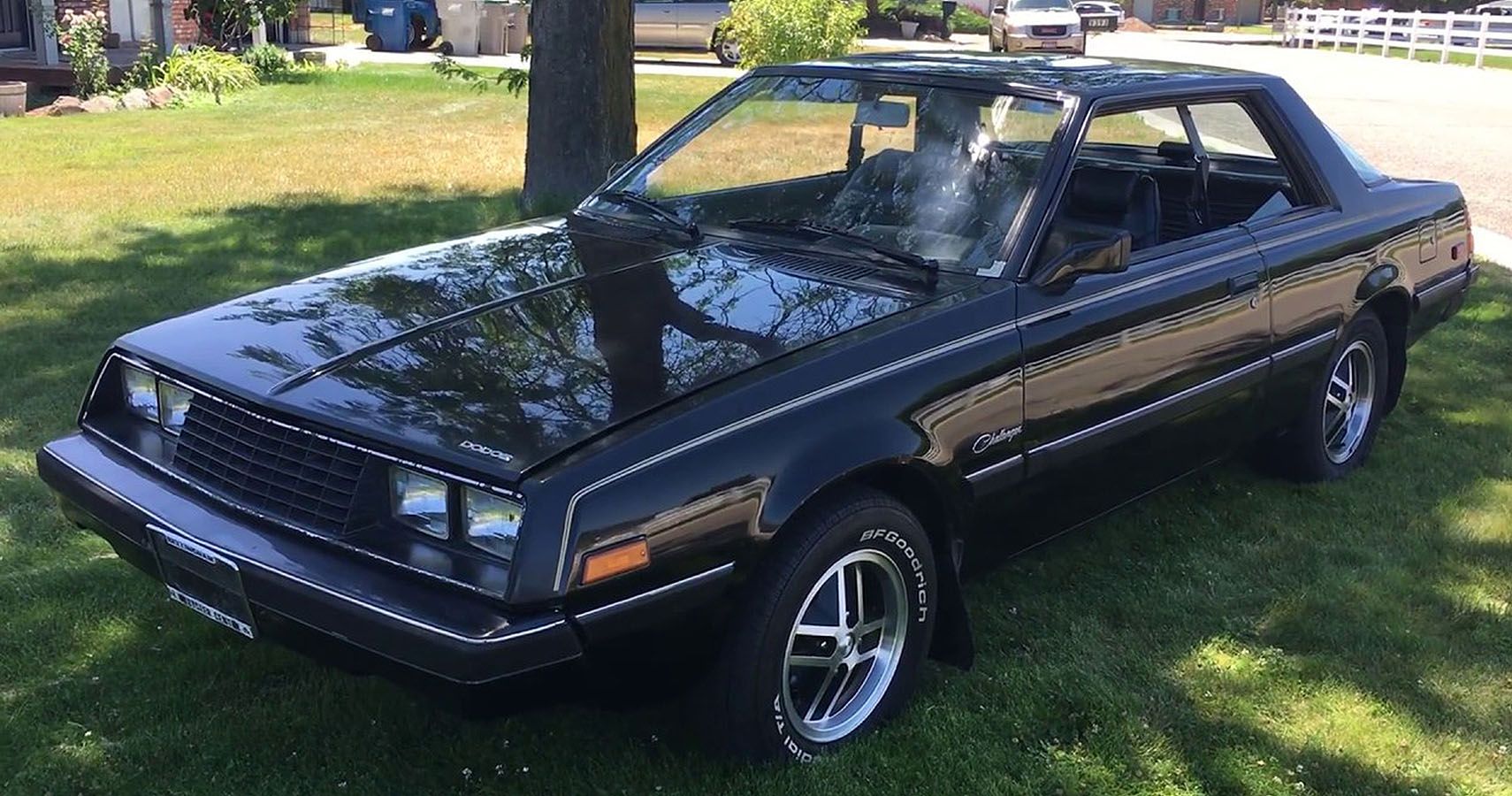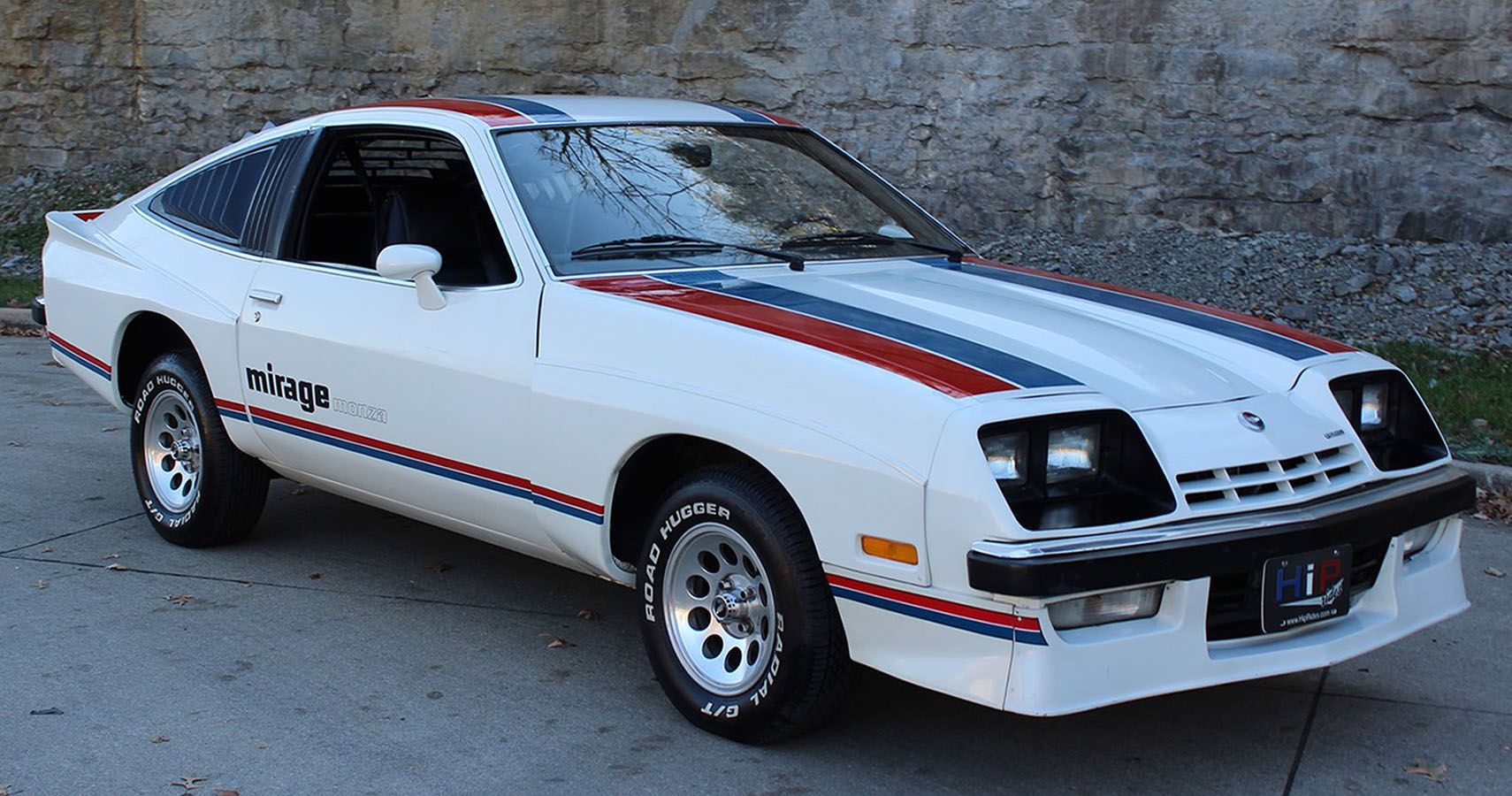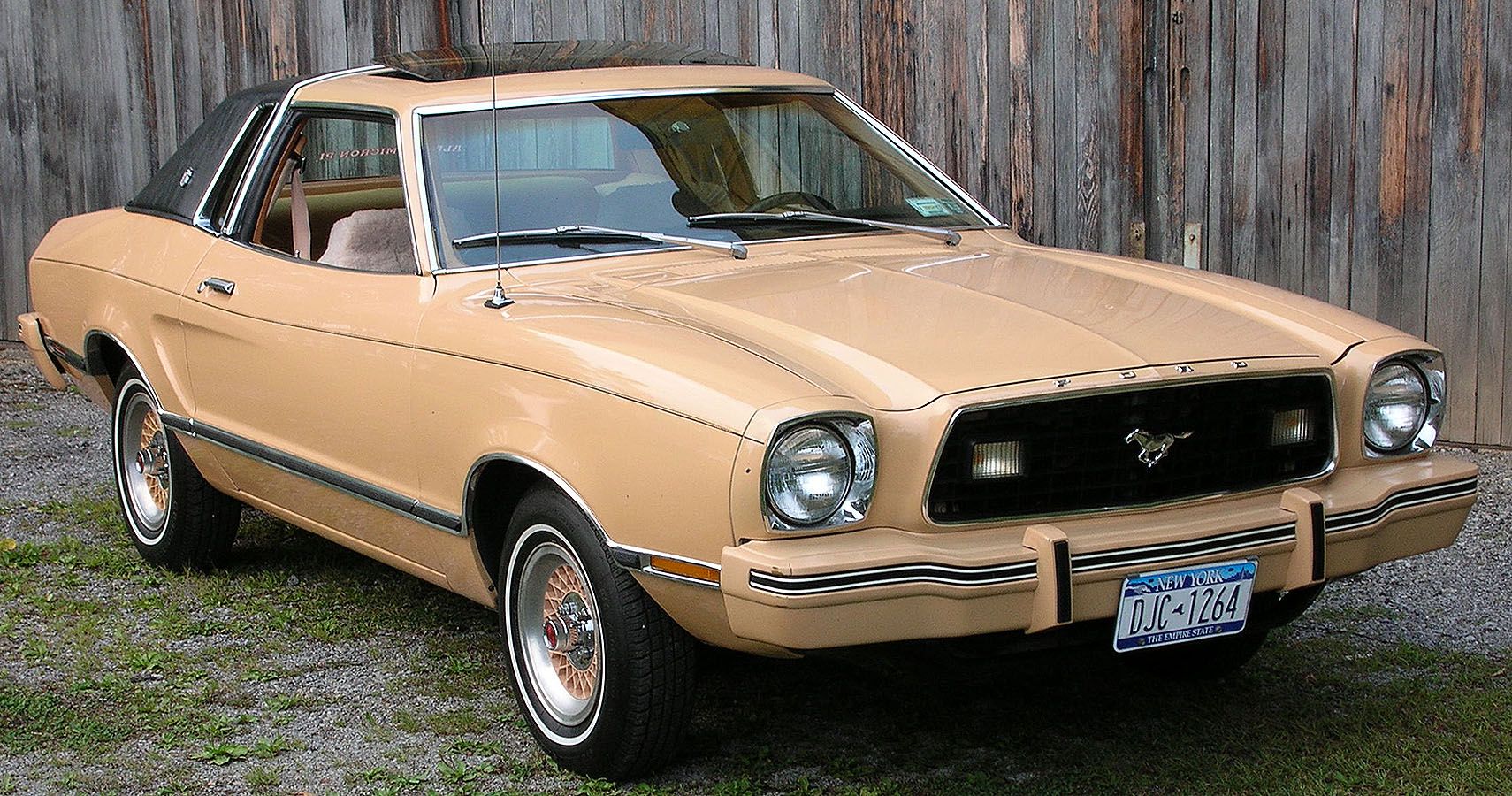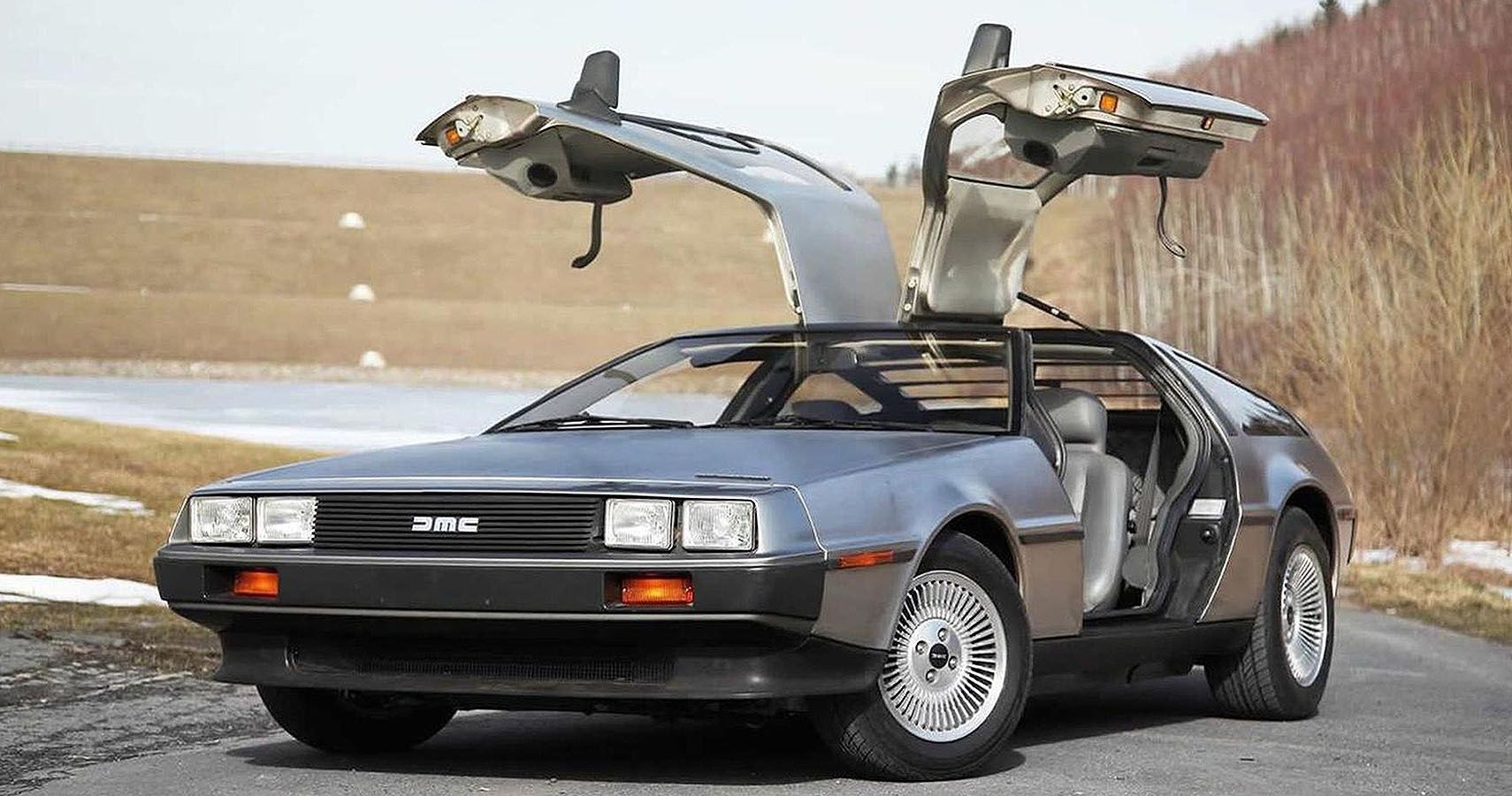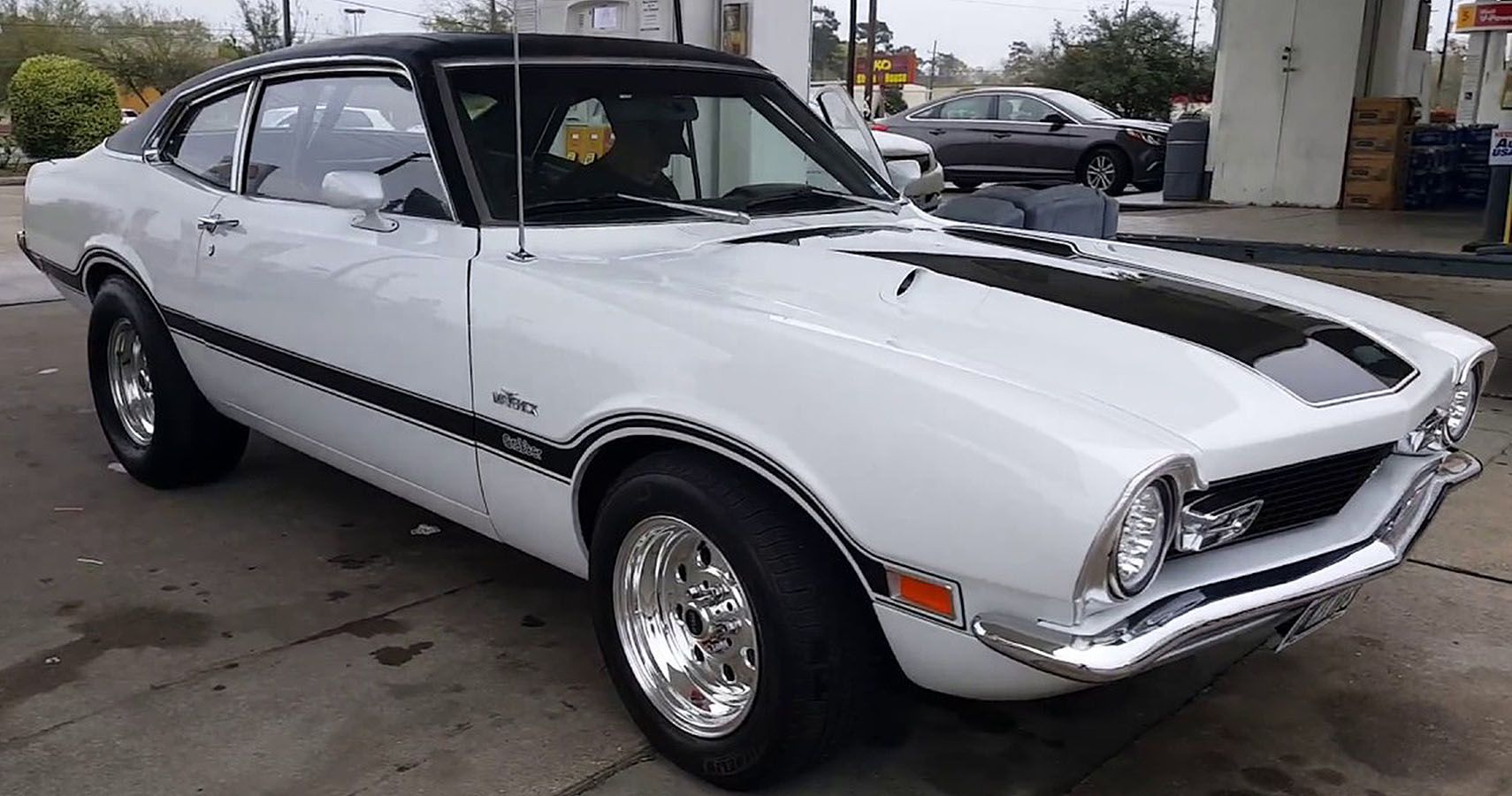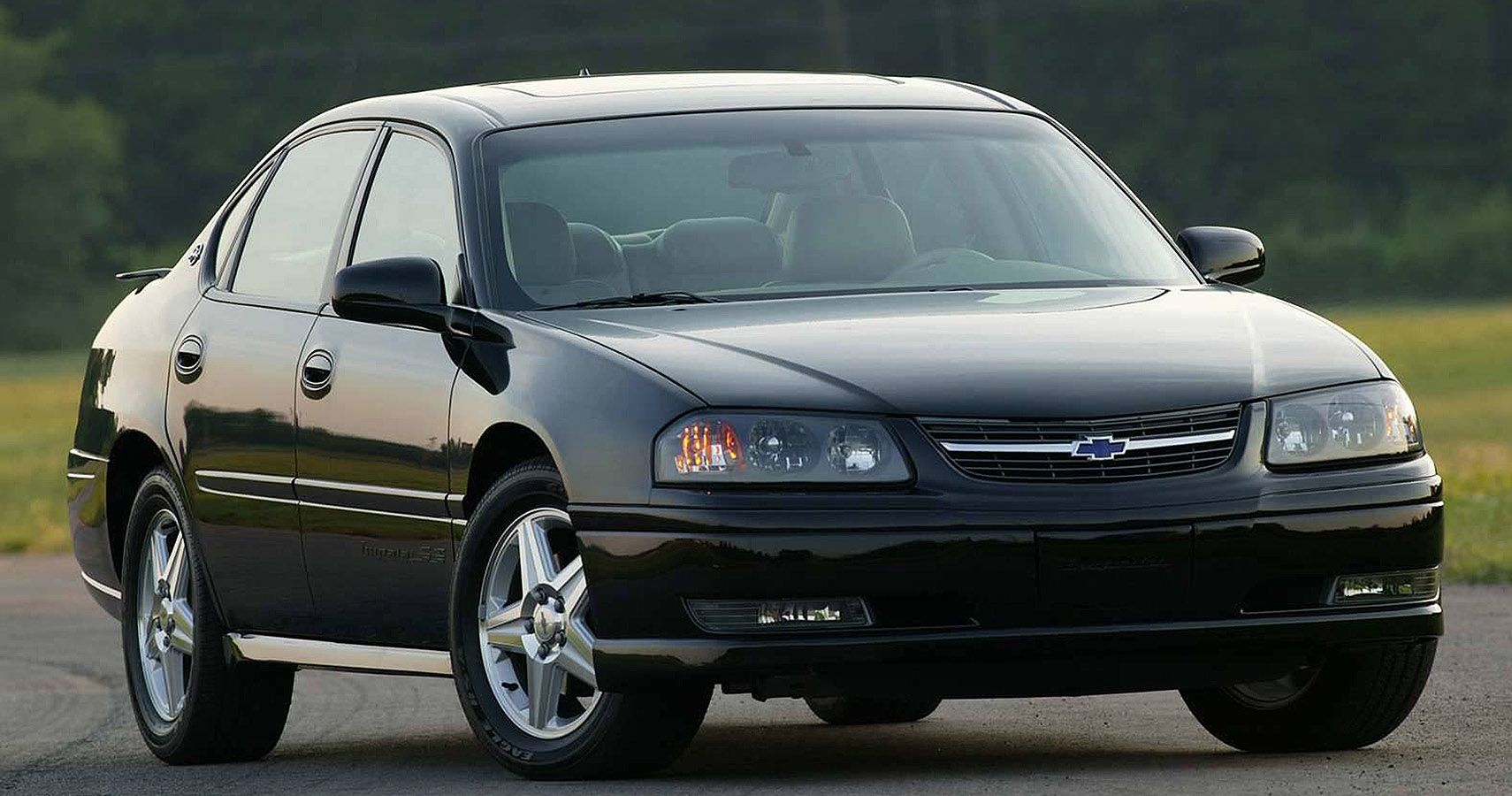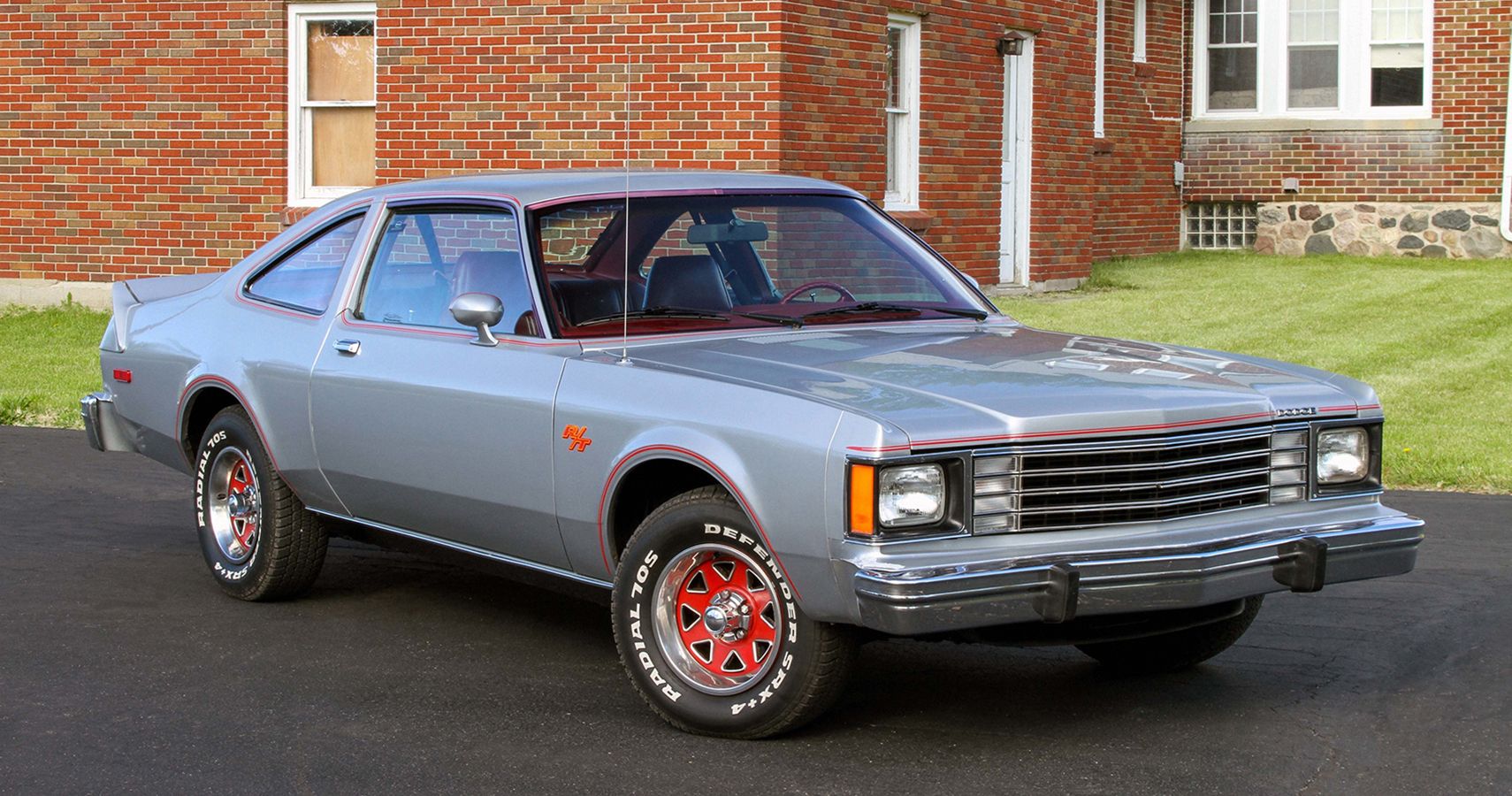There have been great muscle cars in the history of American automobiles, and years down the line, they still rack up a good price at an auction. But then there are the bad ones as well – the ones that stayed around a year and two and were introduced in the malaise era of muscle cars.
The malaise era is what happened to automobiles right after the 1973 oil embargo – car makers went into a flurry of car production in a bid to revive flagging sales, but emission and oil restrictions made them put weak mills into large cars. The result was unreliable muscle cars that were a blot on automobile history, like the ten listed here.
10 1980 Pontiac Trans Am Turbo
The 1973 Pontiac Firebird Trans Am was perhaps the last of the Mohicans. Or rather the last great muscle car of the seventies before the oil crisis took over. In 1980, Pontiac tried to reignite the muscle car segment with the new Pontiac Trans Am Turbo that had a turbocharged 4.9-liter V8 mill.
Instead of the 290 horsepower the 1973 model had, the Turbo jetted only 210 horses. It further dropped to 200 in 1981 model. The powerplant proved to be sluggish, slow to respond, and plagued with reliability issues. Thankfully by 1982, the turbo mill was dropped from the third generation Firebird.
9 1978 Ford Mustang King Cobra
The Mustang King Cobra debuted in 1978 as Ford wanted to reclaim its muscle car territory that was being infringed upon by the other two Detroit Three giants. However, this attempt proved futile and this period is still dubbed as a low-point in the entire history of the Mustang.
The King Cobra borrowed its underpinnings from its sibling, the Pinto (the car that tended to become a fireball) and was armed with a 5.0-liter two-barrel carburetor V8 powerplant that could puff out only 139 horsepower. Only 4313 Cobras were sold that year before an all-new Mustang was unveiled in 1979. Sadly, the King Cobra was nothing like its namesake. This one was all hissing and no venom.
8 1978-1983 Dodge Challenger
This second-generation Dodge Challenger was way different from its predecessor. The first-generation Challenger was discontinued in 1974 primarily because of the Oil Crisis. However, four years later in 1978, in an attempt to revive this nameplate, Dodge reintroduced the Challenger.
Sadly, it proved to be a far cry from the muscular Challenger in both looks and engine for this one was a rebadged Mitsubishi Gallant Lambda. Offered with two inline-four powerplants –a 1.6-liter and a 2.6-liter, with the latter pumping out merely 105 horsepower, this was just a run of the mill passenger car. The second-gen Challenger should never have been launched because it dented the Challenger name a lot.
7 1977 Chevrolet Monza Mirage
Chevrolet Monza debuted in 1975 and it borrowed most of its underpinnings from its cousin, the Chevy Vega. For the model year 1977, GM together with MAT, Michigan Auto Techniques, introduced a sportier version of the Monza called Mirage in the car bazaar. This all-white Mirage had red and blue racing stripes, in a bid for it to appeal to the sportier car buyer.
Forget racing, this wasn't even good for the roads as it was armed with a 5.0-liter V8 powerhouse that jetted out only 140 horsepower; measly for a wide-bodied car of this length. Available for a single production year, the 4057 production run was enough to saturate the market because no one wanted to buy this car.
6 1974 Ford Mustang II Ghia
The Mustang II Ghia was a sad and unfortunate attempt by Ford to launch a “luxury” version of the Mustang. So sure, the Mustang II helped Ford and the Mustang nameplate cruise through the mid-70s oil embargo, but it did so at the cost of engine power.
While the Ghia coachbuilders of Italy did an okay job on the styling, the Mustang II now sat on the notorious Pinto platform. Even worse, the engine options were now a 2.3-liter SOHC inline-4 or a 2.8-liter V6. For some reasons, buyers replicated the 64’ Mustang rush, and in 1974 alone almost 300,000 units were sold. Consumers now know better.
5 1980-81 Delorean DMC-12
The car looked stunning with its gullwing doors and that flashy stainless steel body that could put chrome to shame. The chassis was put together by DeLorean with the help of Brit carmaker Lotus, and the engine for this had to be something special. So DeLorean put the big brains at PRV (Peugeot-Renault-Volvo) to work.
Perhaps the big brains were high on something because they fitted the DeLorean with a 2.8-liter V6 good for only 130 horsepower. Err, on stainless steel body and chassis? This was a heavy car and the puny engine took it to 0-60mph in 10.5 seconds – hardly muscular? So they decided to put a turbocharger in, but before they could, DeLorean went belly up.
4 1977 AMC Hornet AMX
AMC struck gold with the Javelin, and it was giving tough competition to the Mustangs and Camaros around before the oil crisis hit. The Javelin was a wonderful street and race car, so AMC tried to instill as much pep as it could in the mid-70s Hornet AMX.
The Hornet was an economy car and mounted on the AMX platform – it became the Hornet AMX and should have been a good pony car except for the fact that its engine was lackluster. Even the optional 5.0-liter V8 good pulse out a weak 120 horsepower, pretty bad for a car from even the malaise era. By 1978, the Hornet was out, replaced by a luxurious AMC Concord – the need of the day.
3 1971-75 Ford Maverick Grabber
For its launch, the Ford Maverick bore a 210-horsepower 5.0-liter V8 that made this inexpensive and easy to maintain car a soft hit for those who could not afford a Mustang. The nameplate was inspired by unbranded range animals, and the front hood was styled to resemble a longhorn.
That said, the base model carried a lackluster 2.8-liter straight six good for only 105 horsepower – and with the Grabber “luxury” trim – it made for a laughable combination of beauty with no heart. The soft vinyl seats, woody panels, and wheel covers were all moot when the car could not rev to save its own life.
2 2004-2005 Chevrolet Impala SS
In 1967, the Impala SS embodied what a pure muscle car should be – it was beautiful, near-indestructible and powerful at the same time. The engine note was like music. That said; in 2005, Chevy killed off the Impala for good by launching it as a redesigned Lumina with a supercharged V6.
Even the 1994 Impala SS was a work of art and the 2004-05 model ruined this one legendary nameplate for good. Gone were the good looks and strength and the mill was a mere shadow of the kind of power the Impala once had. A sad end to a credible nameplate.
1 1980 Dodge Aspen R/T
Sometimes, the mighty do fall and with the Aspen, Dodge nearly dodged a bullet. Even at onset the car was more rust-prone than an iron bucket kept in the rain – and recalls to fix this issue nearly broke the camel’s back.
The second disaster was when they decided to discontinue the only viable motor of the Aspen, the 5.9-liter V8 in favor of the 5.2-liter V8 that pulsed out a tachycardiac 120 horses. That was the end of the Aspen, for good. The only thing that worked in Aspen’s favor was a limited production run, and some really beautiful interiors and exteriors.

